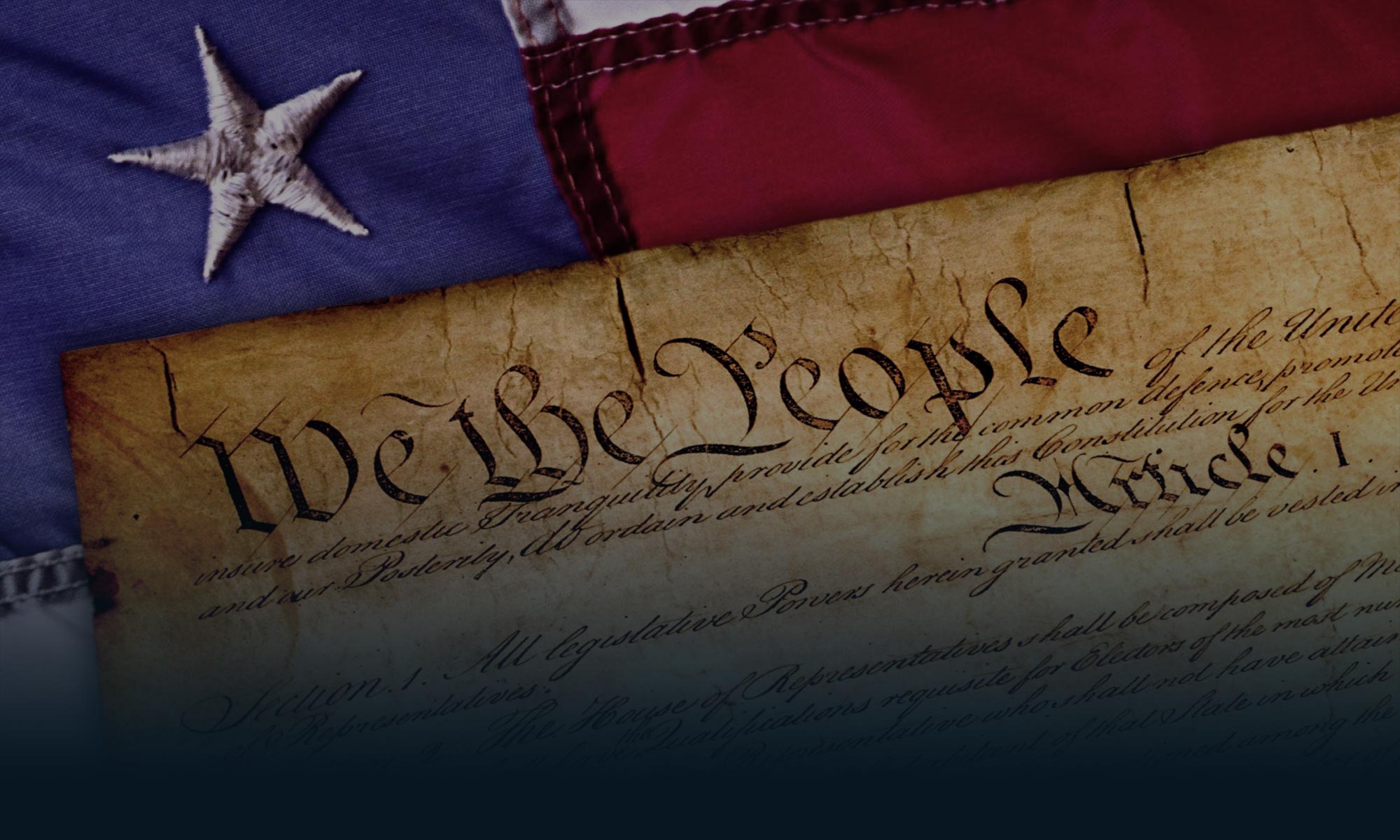The storms occasioned by the comments of "Duck Dynasty" star Phil Robertson, and A&E’s suspension of him, mirror similar unhappy episodes in the media and on college campuses. As noted here, and here, and here, and here, examples of similar instances of free speech intolerance are plentiful.
Indeed, colleges and the media, the two institutions that one would expect to be the most supportive of free speech and diverse opinion, are in fact among the least.
Because A&E’s decision was its alone, and not an act of government, this affair is not a First Amendment issue per se. Since the network owns the rights to the program it can do whatever it wants with it. But when such matters arise within companies that are part of the only industry protected by name in the Constitution, one would hope that there would be at least a rudimentary respect for the broader concept of freedom of speech.
This said, it’s understood that in an age in which speech police abound, anything done or said by an institution or individual may become the target of organized protests, and for the media this can mean campaigns directed at their advertisers. This, presumably, was a factor in A&E’s decision to suspend Robertson.
Even so, it’s hard to sympathize with the network. For one thing, A&E’s apparent decision to air next season those episodes of the show already filmed before they banned Mr. Robertson smacks of transparent hypocrisy.
And then there’s this: Cable TV is filled with reality shows that feature everything from hog hunters and alligator slayers, to catfish noodlers and wilderness dwellers. Were a magazine reporter to interview any of the stars of these shows on any subject touching on the socio-political, what percent of them would say something as would give offense to someone? Maybe all of them?
Of course that doesn’t bother networks like A&E, so long as these people don’t in fact speak about such things. Seen from this perspective, the casts of such shows are like performing monkeys, there to engage in their usual antics while the networks play the accordion.
Not for the first time, one of the most poignant comments to issue about this affair comes from Camille Paglia. As reported in the Daily Caller, Paglia sees in this kerfuffle another indication that “the culture has become too politically correct”:
To express yourself in a magazine in an interview – this is the level of punitive PC, utterly fascist, utterly Stalinist, OK, that my liberal colleagues in the Democratic Party and on college campuses have supported and promoted over the last several decades. This is the whole legacy of free speech 1960s that have been lost by my own party.
One need not agree with Paglia about PC’s roots in order to agree with her about its corrosive effect on the culture. With respect to matters of free speech, political correctness comes with a smile on its face but jackboots on its feet.
The opinions expressed above are those of the writer and not of The Media Institute, its Board, contributors, or advisory councils.

